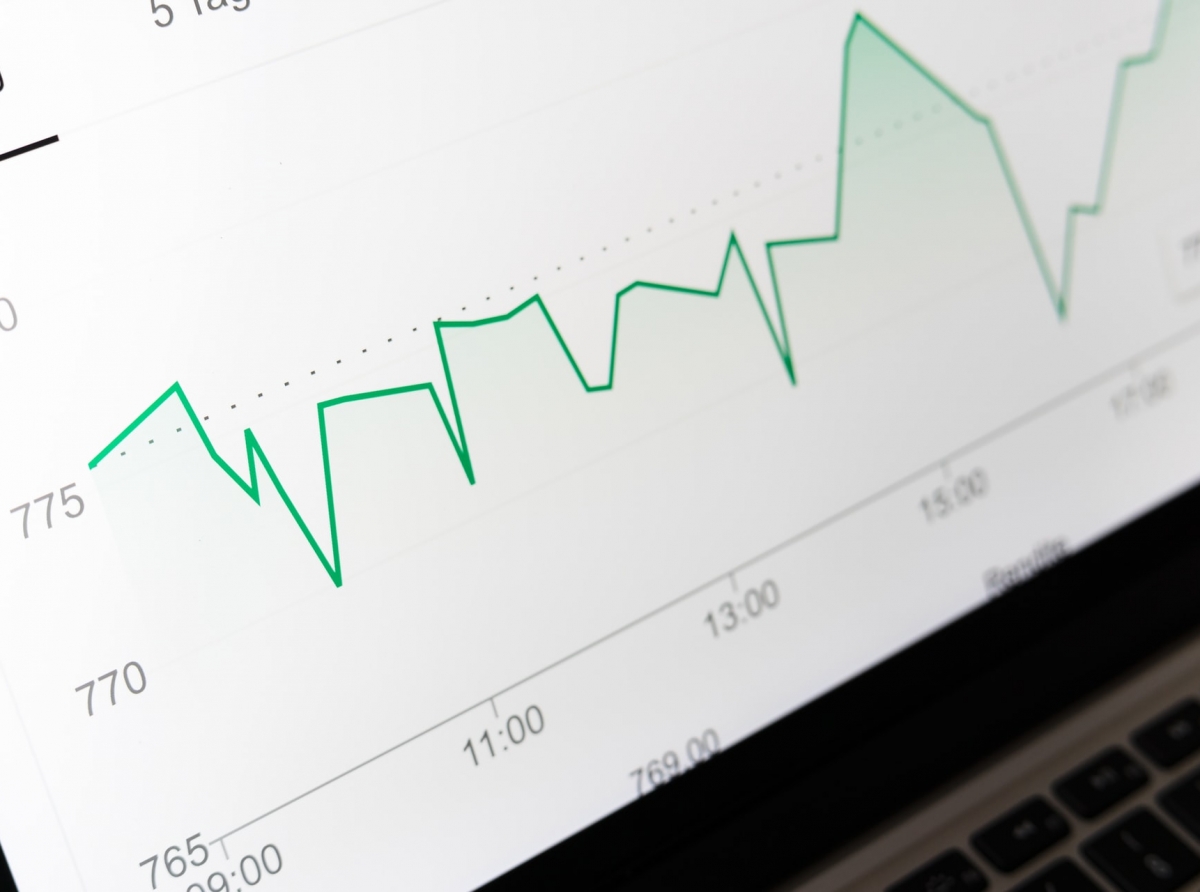
The difference between spot trading and margin trading in cryptocurrencies comes down to the concept of risk versus profit. The cryptocurrency market tends to be much riskier than trading stocks, bonds, commodities, currencies and most other markets. Even Bitcoin is so volatile that a 10% rise or fall in price per day is far from unusual. That's what you get with spot trading, which is pretty simple: you buy or sell an asset on an exchange directly - for cash, staplecoins like Tether or USD Coin, or other cryptocurrencies (for example, exchanging Ethereum directly for Bitcoin). Once you buy or sell, the transaction is completed and you own what you own. Margin trading, on the other hand, is more complicated and much riskier, but the potential rewards are much higher than spot trading. The scale of risk and profit in cryptocurrency margin trading is usually 2 to 100 times.
The reason is simple: you're dealing in money - often stabelcoins - to bet on an asset's price rising or falling. If you're right, great! You pay off the loan and make a much larger profit than you could with just your money. However, if you're wrong, you still owe the lender what you borrowed, plus interest and transaction fees.
The reason is simple: you're dealing in money - often stabelcoins - to bet on an asset's price rising or falling. If you're right, great! You pay off the loan and make a much larger profit than you could with just your money. However, if you're wrong, you still owe the lender what you borrowed, plus interest and transaction fees.
What is spot trading?
The basic rule of investing is "don't bet more than you can afford to lose." This rule is fairly easy to follow in the spot market. In spot trading, you pay the exchange a commission for trading - usually between 0.1% and 2%, depending on which exchange you use and how much you invest, since whales get higher rates. You also have to take care of taxes if you make a profit.
Take this example: you buy one Bitcoin for $50,000. If the price goes up to $55,000, you increase by 10%, i.e. you make a profit of $5,000. If the BTC reaches $45,000, you will fall 10%, meaning you will lose $5,000. This risk can be reduced by using a stop-loss order, which tells the exchange to automatically buy or sell when a certain price is reached in order to lock in a profit or limit a loss.
Even if you don't, you'll still have a $45,000 bitcoin that can - and always does - go up again over time.

Spot trading vs. margin trading
What is margin trading?
Margin trading is what you're betting on - literally in some cases. Most cryptocurrency exchanges allow you to trade on leverage up to 20x, or 1:20 - although some exchanges go as low as 10x, or 1:100. At the latter rate, you can invest $100 and buy $10,000, borrowing $9,900 of it.
At 20x you invest 5% of the value of the cryptocurrency you buy. So if you want to buy one Bitcoin at $50,000 at 20x the margin, you deposit $2,500 and borrow the remaining $47,500. If Bitcoin goes up 10% to $55,000, you'll double your money, giving you a 100% profit. But if Bitcoin falls 10% to $45,000, you will lose twice as much, which is a 200% loss. However, margin trading usually doesn't work that way.These lenders don't intend to let you lose all that money (their money) because you can't get it back.
What is margin?
What happens when you get a margin call. This means that if the price of Bitcoin falls to about $47,500, resulting in a loss of your $2,500 deposit, you will be asked for additional collateral, often very quickly if the price falls quickly. If you fail to meet this margin requirement - either because you don't have the funds or you don't act fast enough, your position will be liquidated.
That's when the exchange automatically closes the position and sells your collateral to settle with creditors who want their principal and interest you owe them back. The exchange also charges a trading fee.
So, long before Bitcoin reaches $47,500, you have lost all of your $2,500. On March 12, 2020, Bitcoin underwent a "sudden crash," dropping from $8,000 to $3,600 in just a few hours. Over the next 24 hours, more than $1 billion in long positions were liquidated.
Long position vs. short position
Margin trading has another problem: You can use this margin to trade options by taking long or short positions, meaning you are betting that the price of a cryptocurrency will rise (long) or fall (short).
In many cases, these bets are made on margin.
When you hold a long position, you are buying a coin/token. With a short position, you agree to sell a certain amount of cryptocurrency - for example, one Bitcoin - on a certain day, but have not yet bought it. The goal is to be able to buy it cheaper than the amount the counterparty buyer has agreed to pay for it. But unlike direct margin investing, long or short positions can be used to reduce risk. The goal is to protect yourself when you've made a big bet on a price move in one direction by hedging your margin with an option that pays off if you made the wrong bet and the price goes in the opposite direction.
Hedging is widely used in all markets, not just cryptocurrency markets, to protect against large losses. Given the volatility, it is even more important in cryptocurrency markets than in stock markets. Well, now it will be easier for you to decide whether margin or spot trading is a better fit for your trading strategy.









Report
My comments